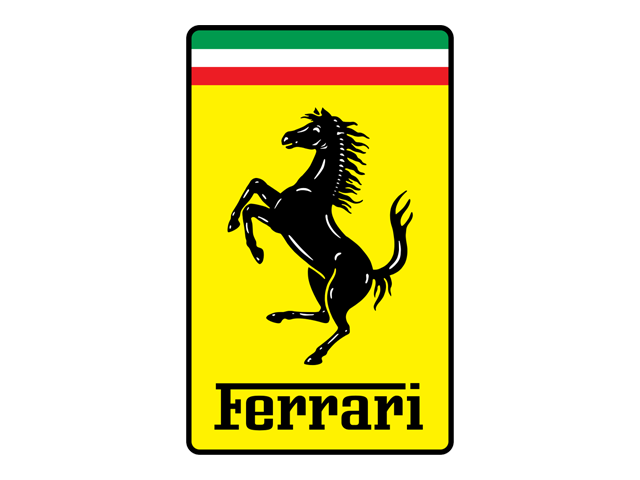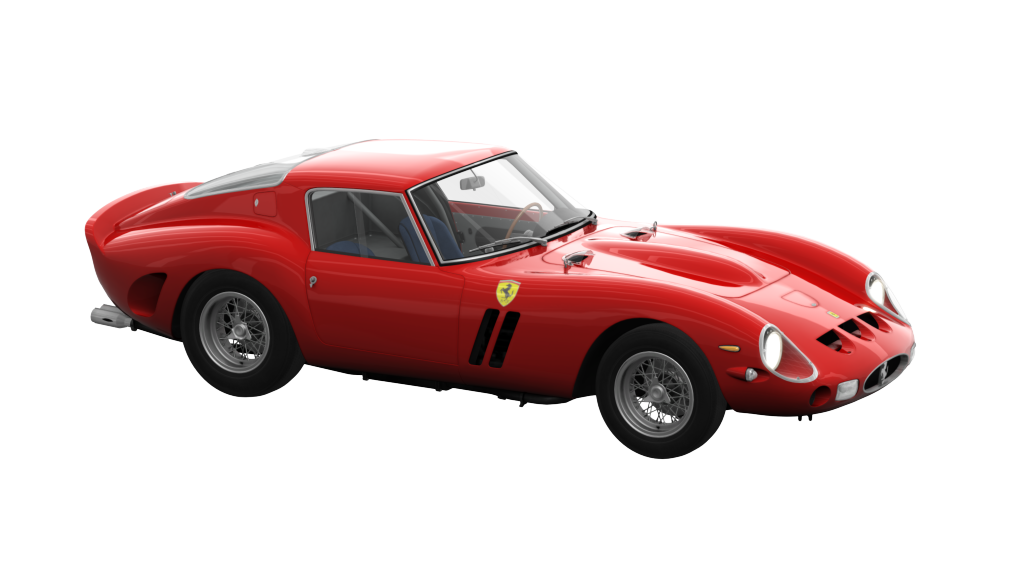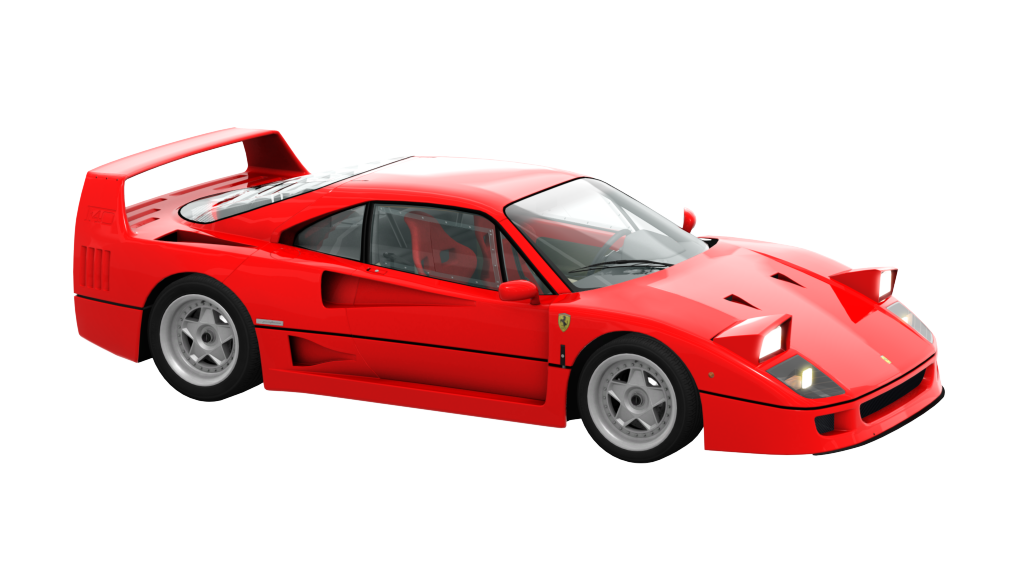Ferrari is one of the world’s most admired luxury sports car automakers. The company officially launched in 1947. However, the automaker’s legendary founder and namesake Enzo Ferrari was involved in the industry long before then.
About Enzo
Born in Modena, Italy in 1898, Enzo Ferrari started out as a race car driver. In the 1920s, he was made a driver with Alfa Romeo and won several racing awards including the 2nd Circuito di Modena.
In 1929, Ferrari founded the Scuderia Ferrari, now the official race car division for Ferrari. It began, however, as a division of Alfa that specialized in preparing race cars to gentlemen drivers. This was at a time when sports car racing was really taking off as an activity for the rich and famous, who were really the only ones who could afford it.
In 1931, Enzo finished in second place at the Circuito Tre Province, which would be his last time competing as a driver. He wanted to focus on his family and the birth of his first son Alfredo more commonly called Dino.
However, he still continued working with Scuderia and building cars for Alfa until 1939. In September of that year, he left his position as Head of Alfa Corse to form his own car company Auto Avio Costruzioni in his hometown of Modena, Italy. As a condition of his departure, he was required not to use the Ferrari name in association with any of his cars or races for at least four years after. Honoring the agreement, the company name wasn’t changed to Auto Costruzioni Ferrari until 1957, and first car to bare the name Ferrari was released the Ferrari 125 S.
Early years
In 1945, Ferrari introduced a V12 engine which became one of its signatures. It wasn't until 1947, nearly ten years after Enzo left Alfa that the first Ferrari model the 125 S or 125 Sport, rolled out of the factory entrance of the Via Abetone Inferiore in Maranello, Italy. There were only two models originally produced. The car was entered into its first competitive race in May of that year at the Piacenza Circuit, and on the 25th won the Rome Grand Prix. The car was set to be released earlier, however, the date was pushed back due to the effects of World War II. After the Modena factory was hit by bombs, the company moved to Maranello and built the legendary factory that it still uses today.
The next few decades, the Italian auto company prospered with its cars competing in and winning major races including the: Mille Miglia (1948), Le Mans 24 Hour Race (1949) and the Formula One World Championship Grand Prix (1951).
In the early 1950s, race car driver Luigi Chinetti opened the first Ferrari showroom and dealership in United States. Until this point, Ferraris were really only available to wealthy racing enthusiasts and for competing in races. The location later moved from Manhattan to Connecticut, but the Ferrari market in the US became and still is one of the most lucrative in the world.
In 1956, tragedy struck when Enzo’s eldest son Dino died of muscular dystrophy. The 1960s were a time of transition for the company. First, in 1961, members of the company including chief engineers Carlo Chiti and Giotto Bizzarrini left and went on to form another auto company called ATS. They had intended for it to be a direct competitor with Ferrari at the time. The departure was said to stem from disputes over Enzo’s wife Laura and her heavy involvement in the running of the company.
Engineer Mauro Forghieri and body designer Sergio Scaglietti were hired to finish the 250 GTO, which, ironically, came to be known as one of the most iconic sports cars of all time.
In the late 1960s, Enzo realized that in order for the company to remain successful and grow in face of competition and market challenges, it needed a partner. In 1969, it found one in the Fiat Group, which bought a 50% stake in the business.
In 1987, the F40 was released. It would be the last model created under Enzo Ferrari. The following year, he died at the age of 90, and the Fiat Group increased its stake in the company to 90%.
After Enzo’s death, Luca di Montezemolo was appointed as the new chairman of Ferrari from 1991 to October of 2014. He was replaced by the current CEO, Sergio Marchionne and plans were announced to separate Ferrari from the Fiat Group. In 2015, the Ferrari N.V. became an IPO and launched on the New York Stock Exchange at a value of nearly $10 billion, and Milan Stock Exchange in 2016.
FERRARI TODAY
Besides being known for producing some of the best and fastest cars in history, Ferrari is most associated with its symbol the Cavallino Rampante or the prancing horse and its vibrant red color. The red color was just part of a tradition. By regulation, international motor racing cars from Italy were required to be painted red. After the 1960s, it was no longer required, but Ferrari wanted to stick with the tradition and kept it around. Now, it is part of the brand’s overall image. The attachment to Ferrari red goes so far that in the 1990s, at least 85% of owners had the color.
As for the famous logo of the black prancing stallion on a yellow background, the inspiration came from war hero Count Francesco Baracca. Enzo himself was enlisted in the Italian army during the war. Barracca was an Italian air force pilot in World War I, and on the side of his plane there was a painted horse. On the plane, the horse was red, but for the Ferrari logo, the color was changed to black.
The Ferrari brand is one of the most iconic in the world. Since it first began, the Italian car maker has won over 5,000 prizes and competed in tracks all over the globe. When it comes to Formula One racing, Ferrari holds the title for the longest-standing and most successful competitor.


